Think Twice: These 14 Household Items Don’t Belong in the Recycling Bin
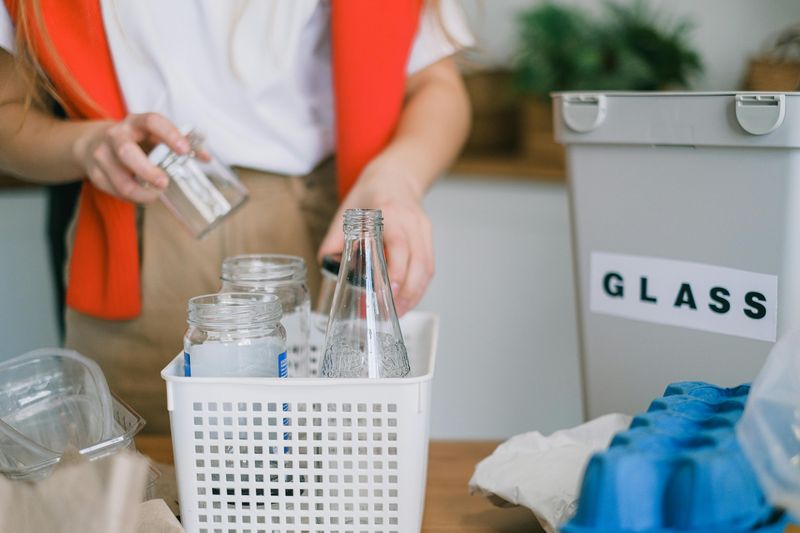
Recycling is one of the easiest ways to reduce waste and protect our planet. But even the most well-intentioned households can unknowingly make mistakes that contaminate entire batches of recyclables. The truth is, tossing the wrong item in the bin can do more harm than good—clogging machines, increasing processing costs, and undermining the whole system.
1. Pizza Boxes (Greasy or Food-Soiled)
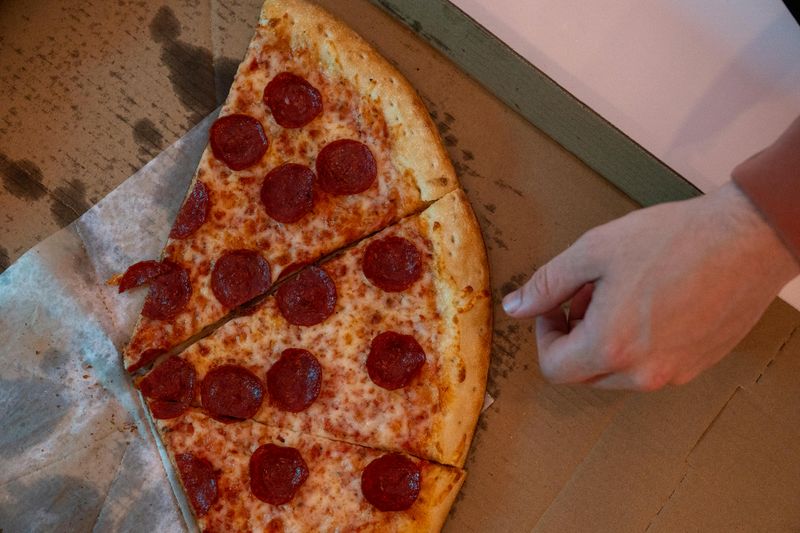
That empty pizza box might look like it belongs in your recycling bin, but if it’s soaked with grease or smeared with cheese, it doesn’t. Recycling facilities can’t process cardboard that’s contaminated with food waste—it weakens the paper fibers and can spoil an entire batch of recycling.
While clean cardboard is perfectly fine to recycle, oily or food-covered parts should go in the trash. If only part of the box is greasy, tear off the clean section and recycle that. It’s a simple habit that makes a big difference.
2. Plastic Bags and Film
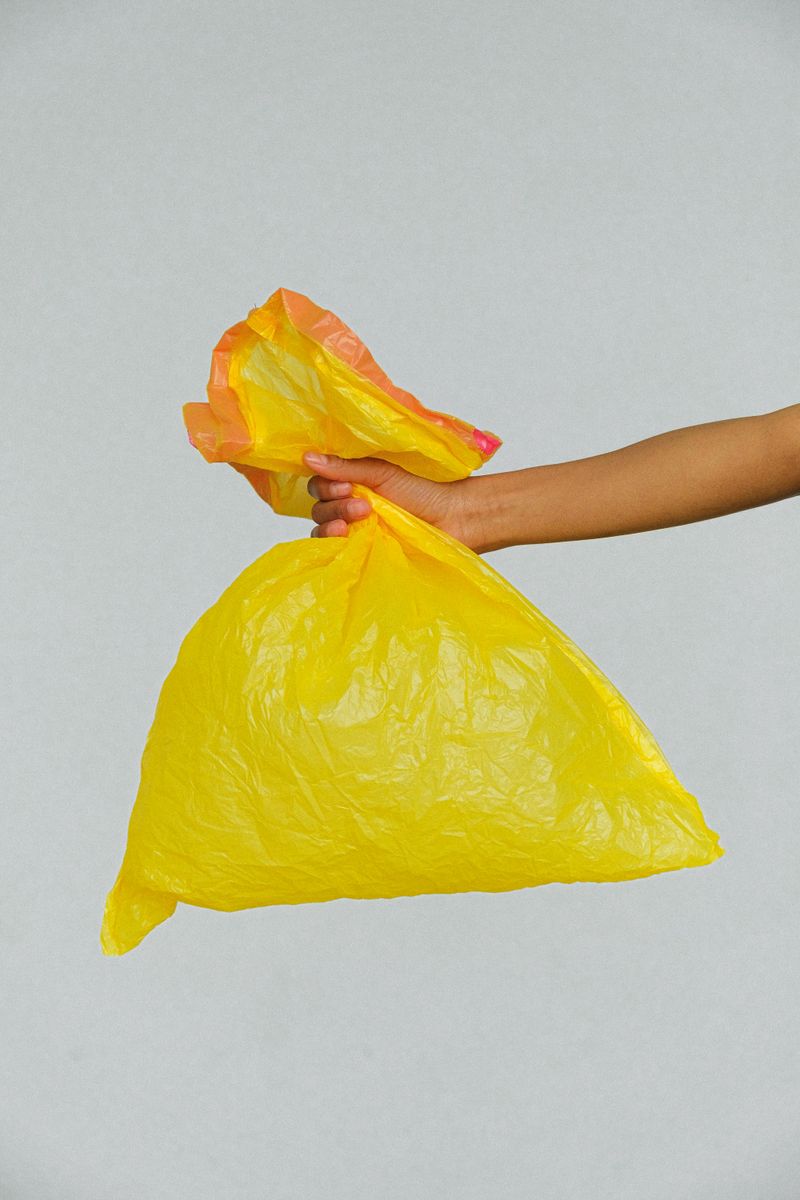
They’re everywhere—grocery bags, bread bags, bubble wrap—and they seem recyclable because they’re plastic. But soft plastic like this tangles easily in recycling machinery, causing shutdowns and delays at sorting facilities.
Instead of recycling them curbside, look for collection bins at local supermarkets or big box stores. Many retailers offer dedicated recycling for plastic bags and films. Better yet, switch to reusable bags and reduce the problem at the source.
3. Styrofoam (Polystyrene Foam)

Though it’s technically a plastic, Styrofoam is rarely accepted in curbside recycling. It’s bulky, lightweight, and costly to transport—making it economically impractical for most programs.
From packing peanuts to foam takeout containers, these items often end up in landfills where they break into microplastics and pollute the environment. Some cities have special drop-off locations for foam recycling, but it’s the exception, not the rule. Try to avoid Styrofoam whenever possible and choose compostable or reusable alternatives.
4. Paper Towels, Napkins, and Tissues
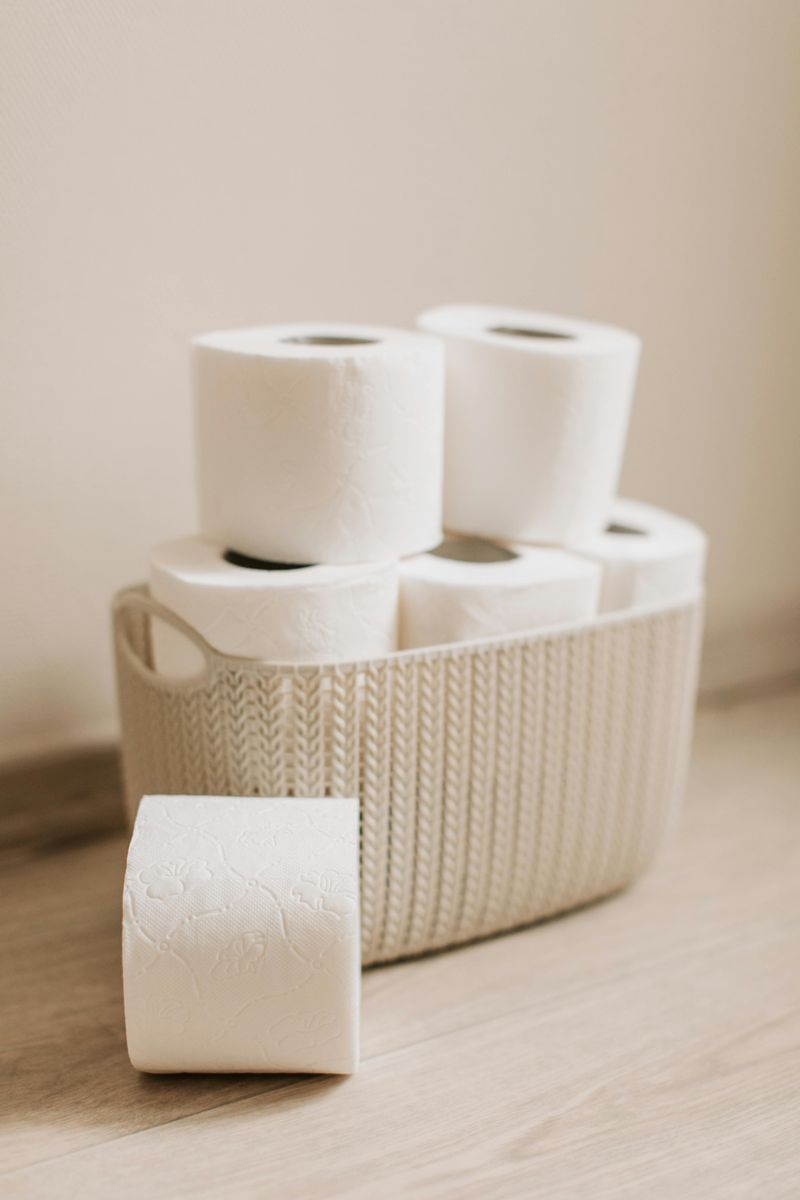
Even though they’re made of paper, these everyday items are single-use for a reason. After wiping up spills or cleaning messes, they’re almost always contaminated with food, chemicals, or germs.
That contamination makes them unsuitable for recycling. Plus, paper towels and tissues are usually made from already recycled materials and have short fibers that can’t be reused further. Composting them (if they’re free of cleaning agents) is a more eco-friendly option.
5. Ceramics and Pyrex Glass
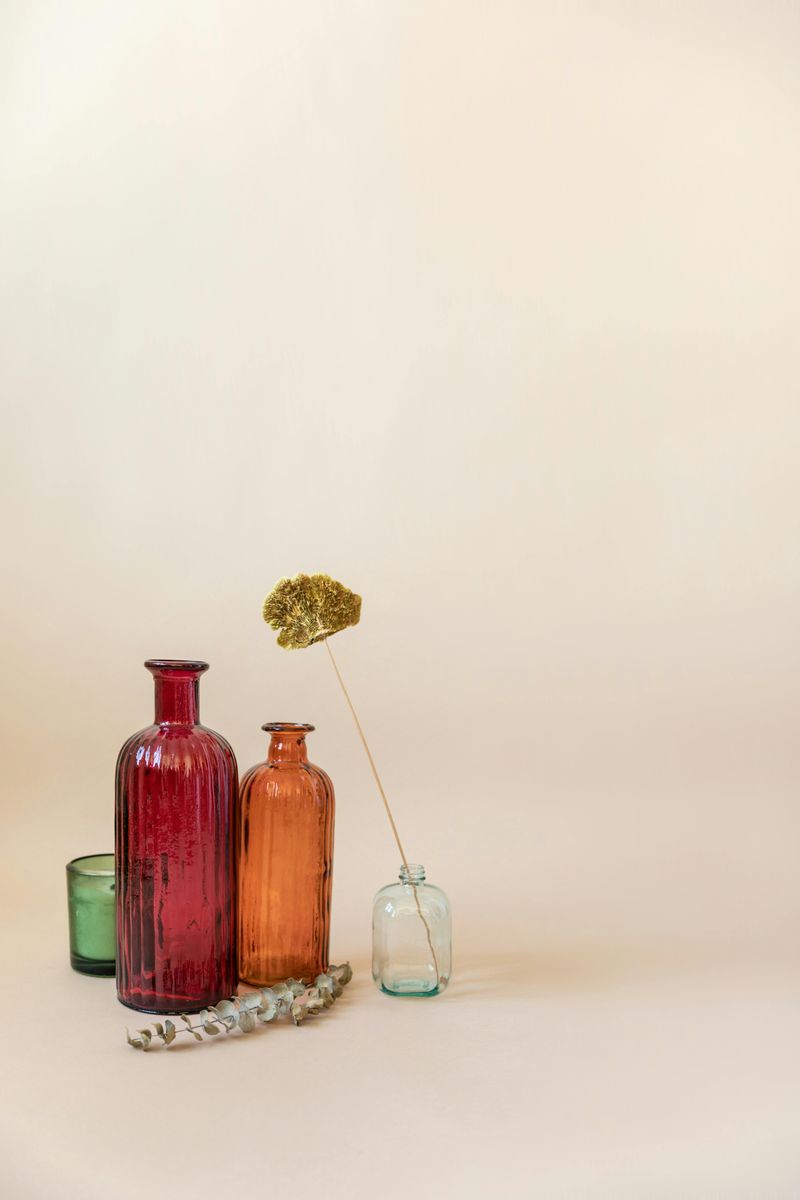
Recyclable glass usually means bottles and jars—not your chipped coffee mug or old casserole dish. Ceramics and heat-treated glass like Pyrex are manufactured differently and melt at different temperatures than container glass.
Including these in your curbside recycling can ruin entire batches of recyclable glass. If you’ve got broken dishes or mugs, consider donating usable pieces or repurposing them in a mosaic project. When they’re beyond saving, dispose of them safely in the trash.
6. Broken Drinking Glasses or Mirrors

Cracked drinking glasses and shattered mirrors are more than a safety hazard—they’re a contamination risk in recycling. These types of glass contain additives and coatings that aren’t compatible with standard glass recycling streams.
Additionally, tiny shards pose dangers to sanitation workers and machinery. Always wrap broken glass in newspaper or a thick material before placing it in the trash. For larger items, check if your local waste service offers special collection days.
7. Shredded Paper

It might be paper, but once it’s shredded into confetti-sized bits, it becomes too small to process properly. These tiny scraps fall through sorting screens and often end up as landfill waste.
If you need to shred sensitive documents, look for community shredding events or drop-off locations that handle shredded paper separately. Alternatively, composting shredded paper at home—especially if it’s free from ink and coatings—is a great way to give it a second life.
8. Disposable Diapers
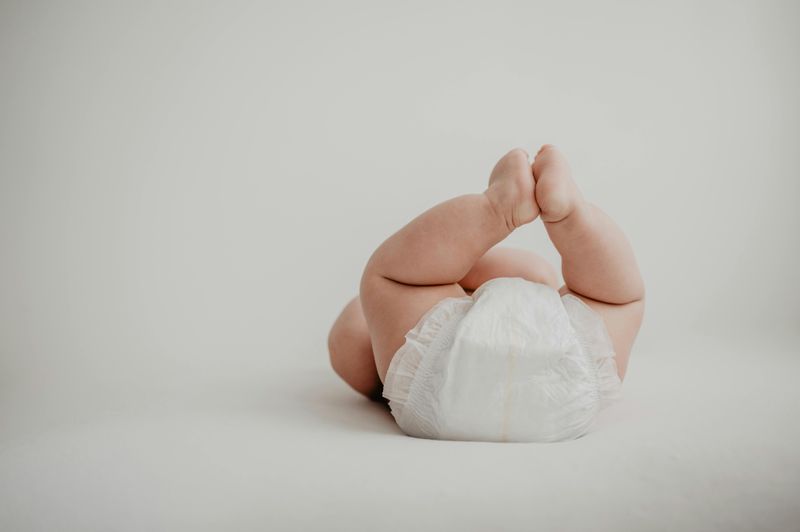
They might contain plastic and fabric, but diapers are a firm “no” in the recycling world. After use, they’re considered biohazardous waste, filled with bodily fluids and bacteria.
Placing used diapers in the recycling bin contaminates other materials and creates a serious health risk for waste workers. Always dispose of them in the trash—and double-bag them if necessary to contain odor and mess. The best long-term solution? Look into cloth diaper alternatives to reduce environmental impact.
9. Hangers (Wire or Plastic)
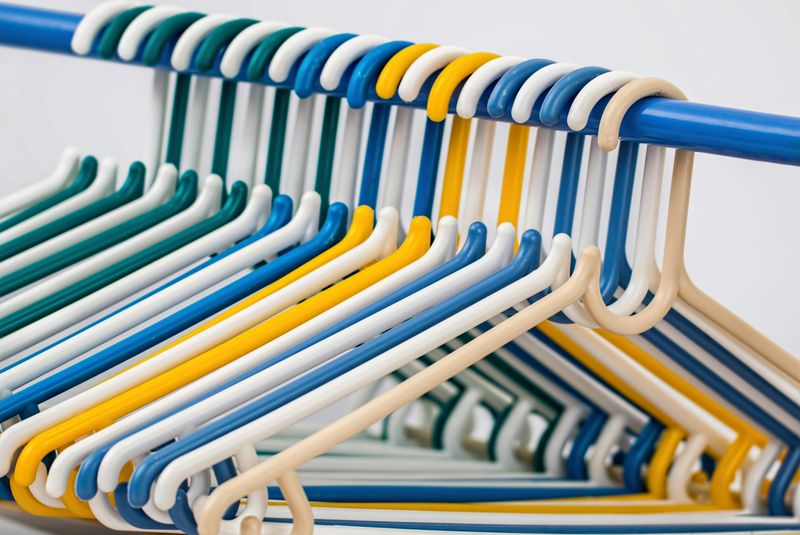
Though they may be made of recyclable materials like metal or plastic, hangers don’t belong in curbside bins. Their odd shape and rigidity make them difficult to sort, and they often jam recycling equipment.
If you’re trying to declutter, check if your local dry cleaner accepts wire hangers for reuse. Some donation centers also accept plastic ones. The best approach is reuse—don’t toss them unless absolutely necessary.
10. Toothpaste Tubes and Pump Bottles
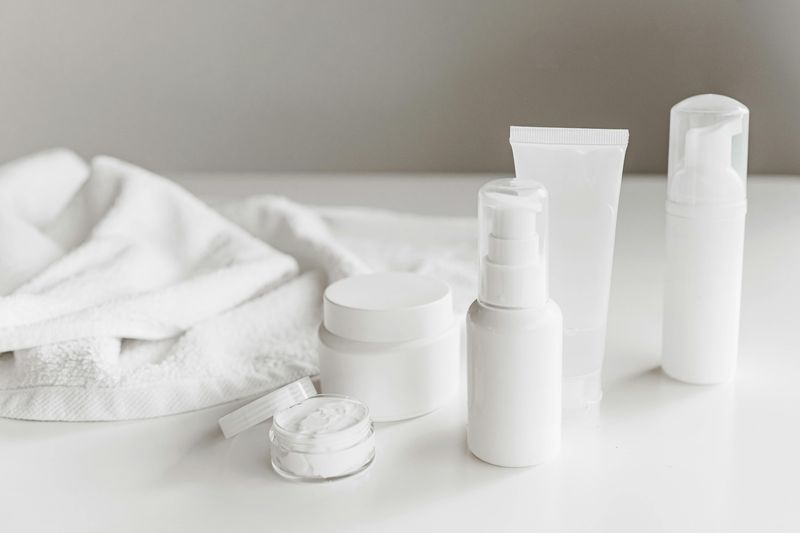
Squeezable tubes and pump dispensers might look like ordinary plastic items, but they’re often made of mixed materials—layers of plastic, aluminum, and rubber. This composite design makes them tough to break down in standard recycling systems.
Before you toss them in the bin, check the label. Some brands now offer recyclable or TerraCycle-eligible packaging, but many still don’t. When in doubt, leave them out—or switch to zero-waste options like toothpaste tablets or refillable containers.
11. Batteries
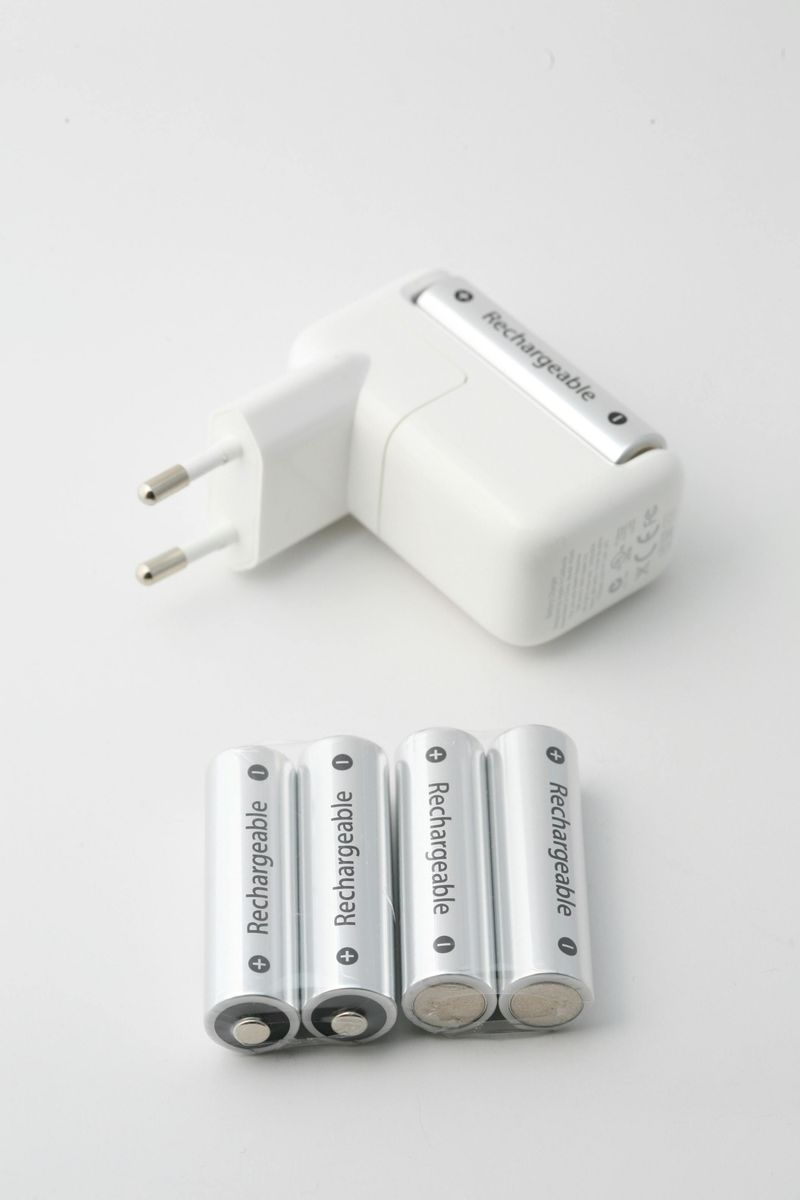
Dropping batteries in the recycling bin is a dangerous mistake. They contain heavy metals and chemicals that can leak or spark fires when compacted or crushed in recycling trucks.
Instead, take them to a proper recycling drop-off point—many hardware stores and electronics retailers offer this service. It’s a small extra step that protects workers and prevents environmental contamination. Remember: batteries don’t belong in any curbside bin.
12. Chip Bags and Snack Wrappers

Despite their shiny, metallic appearance, most chip bags are made from a mix of plastic and aluminum that can’t be separated easily. This multi-layer packaging is popular for keeping snacks fresh but is terrible for recycling.
Because there’s no efficient way to process these materials together, they’re typically sent to landfill. A few programs offer take-back recycling for specialty wrappers, but it’s rare. Try buying snacks in bulk or switching to products with recyclable packaging.
13. Clothing and Textiles

Old shirts and worn-out socks aren’t trash, but they also don’t belong in your recycling bin. Most curbside programs can’t handle fabrics—textiles wrap around machinery and cause expensive damage.
Instead, donate usable clothing to a local shelter or thrift store. For damaged items, look for textile recycling drop-offs or mail-in services. Some retailers even offer take-back bins where your worn-out clothes can be repurposed into insulation, rags, or new materials.
14. Coffee Cups (Paper with Plastic Lining)
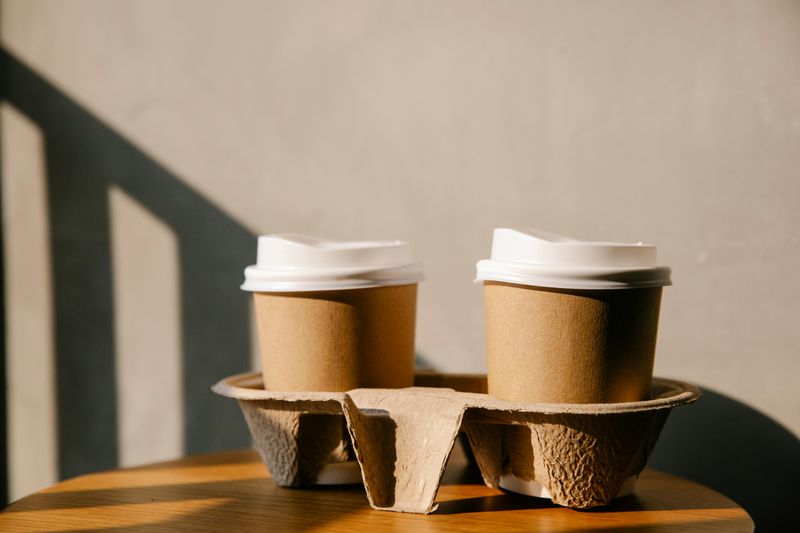
Your morning latte might come in a paper cup, but it’s not as recyclable as it seems. Most disposable coffee cups have a thin plastic lining to keep them from leaking—and that lining is nearly impossible to separate.
This makes them non-recyclable in most cities. The better option? Bring your own reusable mug or choose a drink spot that uses compostable alternatives. Until recycling systems improve, these cups belong in the trash—not the bin.

Comments
Loading…